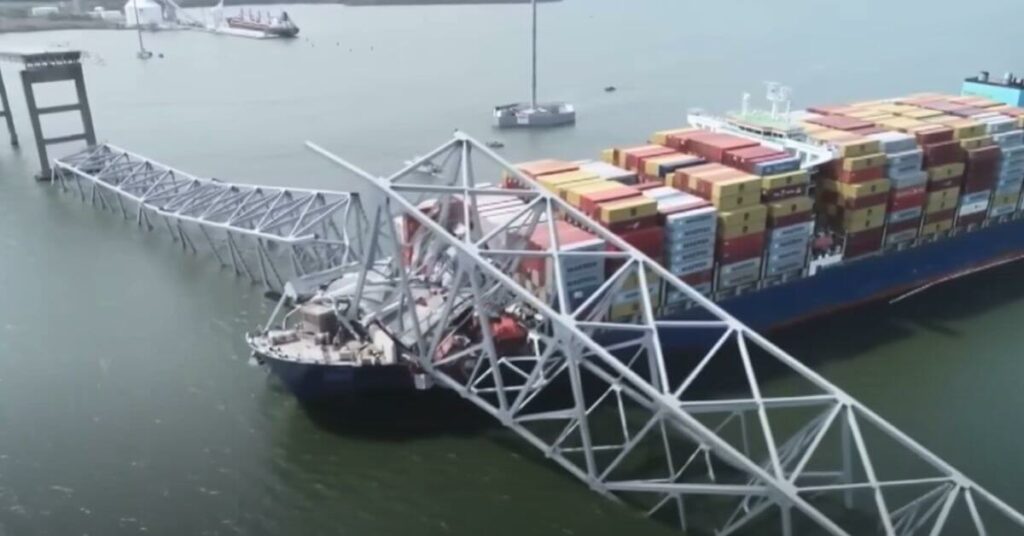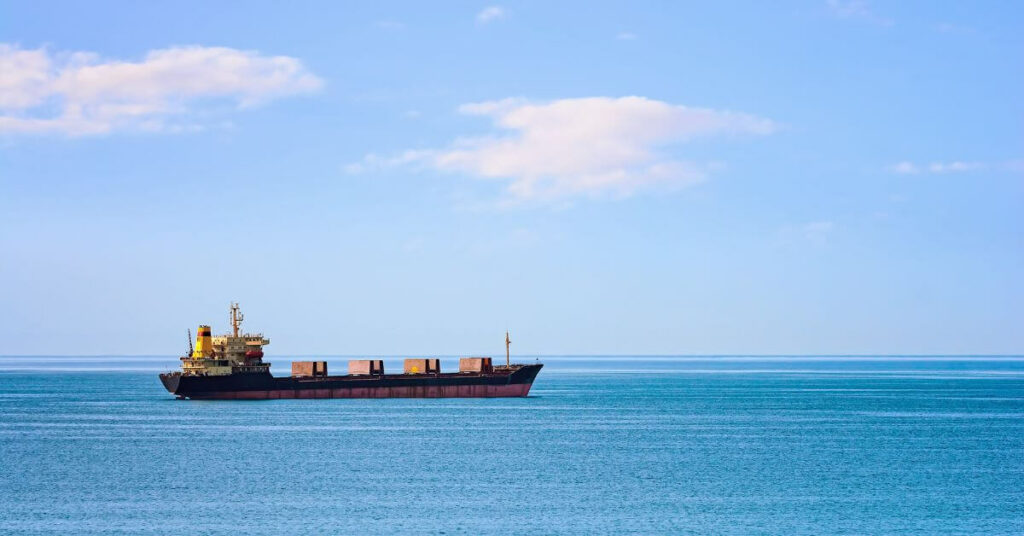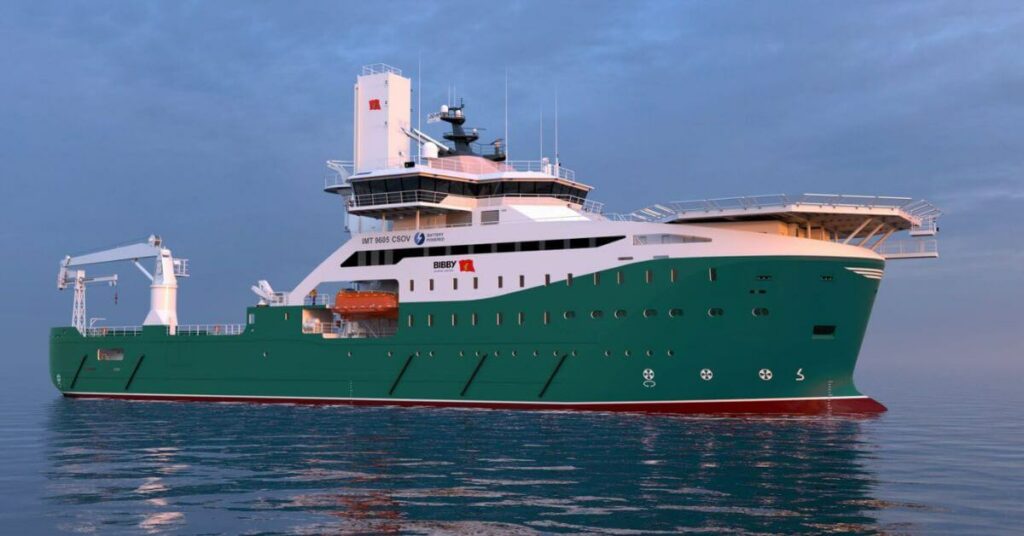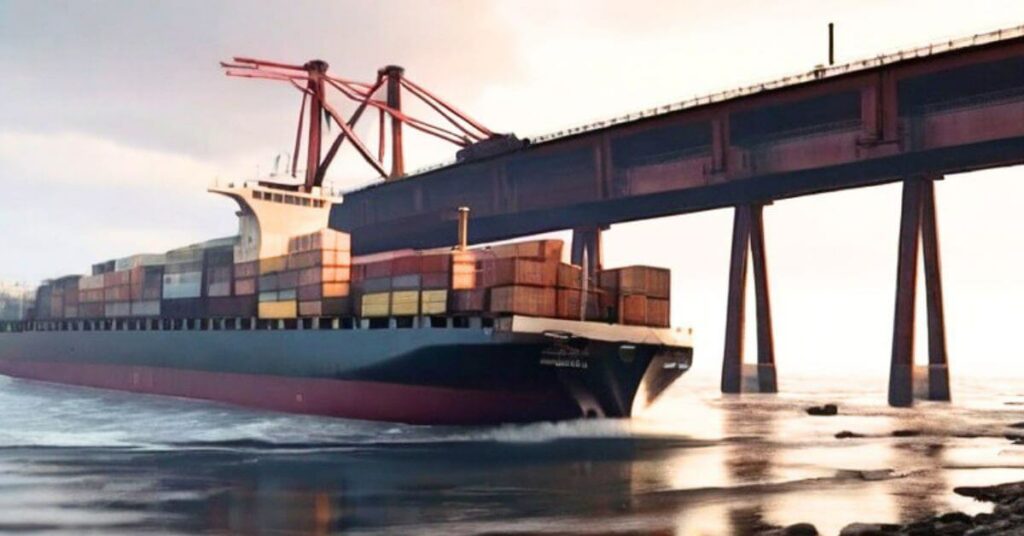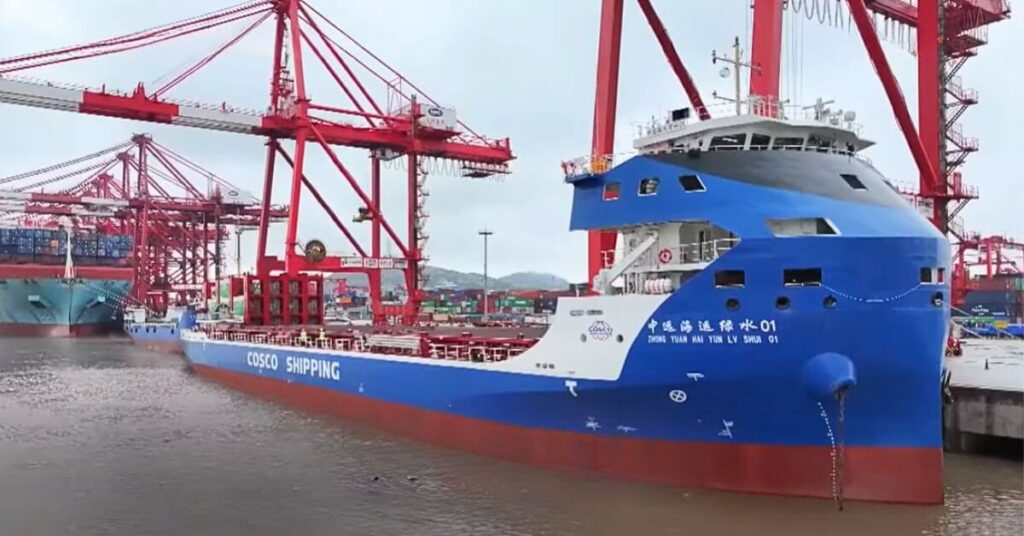NYK & Partners Unveil Remote-Controlled Scraping Robot For Safer Cargo Handling

Nippon Paper Industries, Nippon Yusen Kabushiki Kaisha (NYK), Chinougijutsu, and Iwakuni Sangyo Unyu collaborated and conducted a successful trial of a remote-controlled scraping robot designed for wood chips in the hold of a wood-chip carrier.
The trial was held on April 5, 2024, at the Nippon Paper Industries’ Iwakuni mill in Yamaguchi Prefecture. It aims to address safety concerns and workforce shortages in wood-chip scrapping operations.
The development of the scraping robot indicates a collaborative effort by the four organisations to establish a safe and sustainable cargo-handling workplace.
Looking ahead, their shared ambition is to build an environment where people of all ages, including people of all ages, including women, older people and persons with disabilities, can engage in cargo handling.
These remote-operated robots will allow individuals to perform shipping activities from a distance, assuring accessibility and enhancing workforce diversity.
Video Credits: NYK Line/YouTube
During the testing process, a prototype scrapping robot was tested on a wood-chip carrier with a long-term transport contract with Nippon Paper Industries and NYK.
The four firms remotely operated the scrapping robot in the ship’s hold for around two hours to unload cargo, successfully completing the trial’s objective of demonstrating the robot’s functionality.
Nippon Yusen Kabushiki Kaisha, the operator of wood chip carriers, was in charge of designing and managing the scrapping robot’s development.
Nippon Paper Industries, the recipient of wood chips, focuses on social issues such as improving the working environment and safety in ship holds through robotic scrapping operations.
Chinougijutsu contributed to the project by creating the basic concept of the scrapping function and helping with the robot development.
Iwakuni Sangyo Unyu carried out the shoveling task and tested the robot’s performance throughout the trials.

Traditionally, excavators collect wood chips loaded into the hold of a wood chip carrier, and cranes unload them.
However, woodchips that gather in corners or get attached to the walls must be manually scrapped by workers using shovels, forks, and other equipment.
This manual method involves several obstacles, including accessibility issues, temperature fluctuations within the holds, and the possibility of oxygen deprivation caused by wood particles absorbing oxygen.
Additionally, concerns about potential worker shortages due to an aging workforce highlight the importance of such automated solutions.
The scrapping robot, controlled remotely, uses a hydraulic excavator arm with a scrapper and brush.
With a reach of up to 3 meters, it can easily remove chips off walls and corners and scrape wood chips stuck in tight spots.
This latest innovation assures increased cargo handling efficiency and safety.
The partnering firms intend to build and deploy the first scrapping robot for cargo unloading by the end of fiscal year 2024.
Reference: NYK
Disclaimer :
The information contained in this website is for general information purposes only. While we endeavour to keep the information up to date and correct, we make no representations or warranties of any kind, express or implied, about the completeness, accuracy, reliability, suitability or availability with respect to the website or the information, products, services, or related graphics contained on the website for any purpose. Any reliance you place on such information is therefore strictly at your own risk.
In no event will we be liable for any loss or damage including without limitation, indirect or consequential loss or damage, or any loss or damage whatsoever arising from loss of data or profits arising out of, or in connection with, the use of this website.
Disclaimer :
The information contained in this website is for general information purposes only. While we endeavour to keep the information up to date and correct, we make no representations or warranties of any kind, express or implied, about the completeness, accuracy, reliability, suitability or availability with respect to the website or the information, products, services, or related graphics contained on the website for any purpose. Any reliance you place on such information is therefore strictly at your own risk.
In no event will we be liable for any loss or damage including without limitation, indirect or consequential loss or damage, or any loss or damage whatsoever arising from loss of data or profits arising out of, or in connection with, the use of this website.
Do you have info to share with us ? Suggest a correction
About Author
Marine Insight News Network is a premier source for up-to-date, comprehensive, and insightful coverage of the maritime industry. Dedicated to offering the latest news, trends, and analyses in shipping, marine technology, regulations, and global maritime affairs, Marine Insight News Network prides itself on delivering accurate, engaging, and relevant information.

About Author
Marine Insight News Network is a premier source for up-to-date, comprehensive, and insightful coverage of the maritime industry. Dedicated to offering the latest news, trends, and analyses in shipping, marine technology, regulations, and global maritime affairs, Marine Insight News Network prides itself on delivering accurate, engaging, and relevant information.
Latest Shipping News Articles You Would Like:
Subscribe To Our Newsletters
By subscribing, you agree to our Privacy Policy and may receive occasional deal communications; you can unsubscribe anytime.




